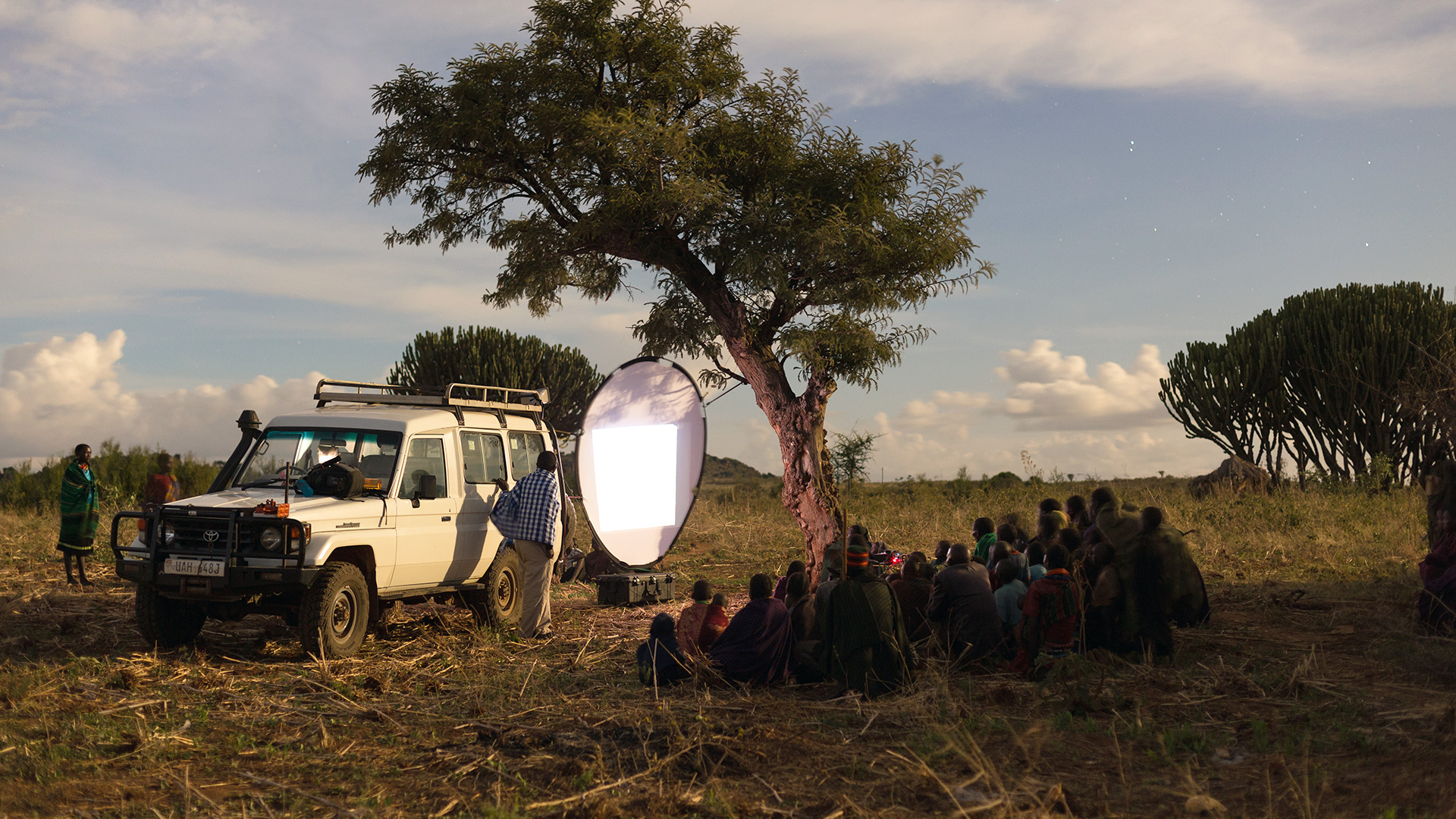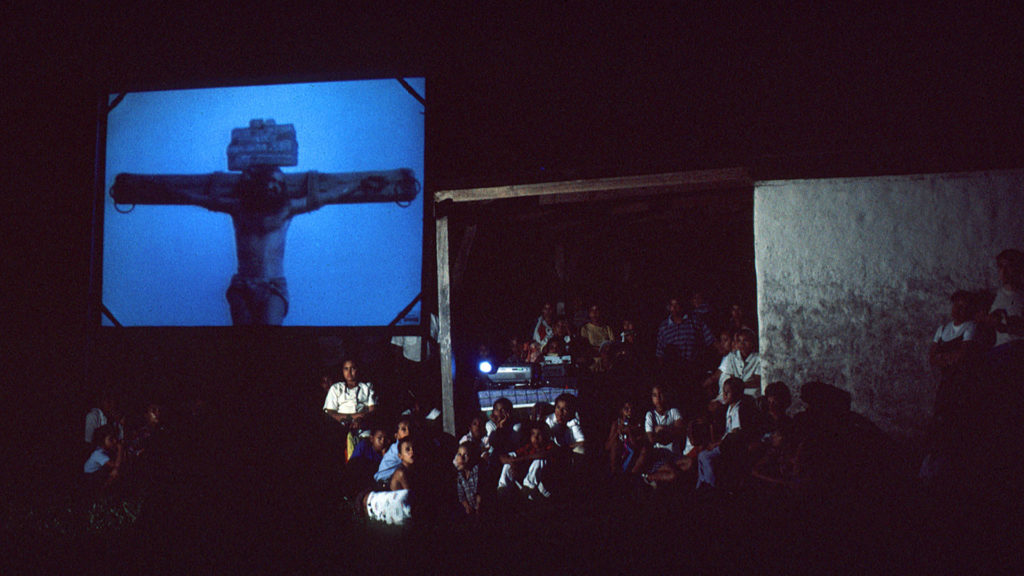
The Jesus Film has been one of the most effective evangelism tools worldwide since its release in 1979. Translated into over 1,500 languages, it continues to be used among peoples all over the world. Based entirely on the Gospel of Luke the film has touched lives and hearts for thirty-five years.
Movies and video are no longer solely for entertainment, but increasingly play a greater part in global communication. The impact of The Jesus Film evidences this shift. The film engages the audience through image, sound, and especially through dialogue translated into local languages.
The Jesus Film Breaking Down Barriers
Simply giving a written Bible to people who are illiterate doesn’t elicit any response. Written texts can’t communicate to oral learners. The Jesus Film addresses this limitation by giving people an oral format to hear the Bible together with a contextual visual format to see and understand events, locations, and individuals in the story. Film’s greatest asset is that it’s an immersive experience—you drop into a scene and are immediately oriented by the scenery, the audio, and the language spoken by the characters.
The film demonstrates how real events might have occurred in biblical times. The effort expended to preserve biblical accuracy means the film is the closest adaption of the Gospel of Luke ever made. Seeing the gospel come to life and hearing Jesus speak in local languages often brings people to the realization that Jesus loves them, died for them, and rose from the dead. The greatest message of all imprints on the hearts of those who see and hear.
In places dominated by Muslim belief and practice where other methodologies have produced little fruit, The Jesus Film has. In one village in West Africa, thirteen people came to Christ after three nights of Jesus film showings. A small church has formed and a group of Christians continues to return to the village to minister to the people and disciple new believers.
3 Ways to Use The Jesus Film Today
- Use The Jesus Film as evangelistic tool.
For decades Christians have been showing The Jesus Film for evangelism. But as the way people interact with media changes, our approaches have to change too. These days, people often prefer watching short video clips on their mobile phones or on the internet. Short scenes from the film can be a great way to begin spiritual conversations with those around you. People are curious about new media and will often make time for a three-minute film. Keep scenes from the film in the local language on your phone, and be prepared to share them with people in a café, on a bus, in a waiting room, or on a plane—any time you have a quiet moment and an opportunity for conversation. - Use The Jesus Film for discipleship.
Using the film as a Bible study tool has proven to be very effective. Gather a group of new believers together and watch a short segment of the film. Pause to discuss the biblical principles associated with the scene. You can also refer to other passages in the Bible that illuminate the meaning of the moment. This method opens up dialogue and encourages deeper biblical understanding of events in Jesus’s life and of the content of his teaching. - Get The Jesus Film app.
If you want to be ready to share the Jesus film anywhere anytime, download the free app. It gives you easy mobile access to various languages of the film, alternate versions like the Magdalena film for women, or a version for kids. The power of film is its ability to adapt to a wide range of situations. The film can be two hours or three minutes long but still have an impact on those watching.
One Evangelistic Tool among Many
The Jesus Film is one of many tools missionaries can use when introducing people to the story of Jesus. When considering various tools, it’s always important to remember that the tool is only as good as the one who wields it. No matter the evangelistic tool used, discipleship is always a necessity for building mature Christians and growing strong churches.
When a person uses a tool, the use of the tool itself is never the desired goal. The tool is a means to accomplish something greater than simply using the tool. The same is true with any evangelistic tool. Our desired goal is not to simply use a tool like The Jesus Film for the sake of showing a movie. Our goal is to proclaim Christ’s love for all and salvation through faith.
 The Jesus Film will never lead anyone to Christ if the tool becomes the focus and Christ fades into the background. The greatest message we have is the love of Christ. Jesus, if he is lifted up, will be the one to bring many to himself. While the success of the film is well documented and the story continues to be written, the story of God coming to earth to rescue his people will always be the greatest story ever told. Any expression of this message—written, spoken, or visual—is powerful because it’s true.
The Jesus Film will never lead anyone to Christ if the tool becomes the focus and Christ fades into the background. The greatest message we have is the love of Christ. Jesus, if he is lifted up, will be the one to bring many to himself. While the success of the film is well documented and the story continues to be written, the story of God coming to earth to rescue his people will always be the greatest story ever told. Any expression of this message—written, spoken, or visual—is powerful because it’s true.
Discover how IMB teams partner with The Jesus Film Project to share the gospel in Africa.

